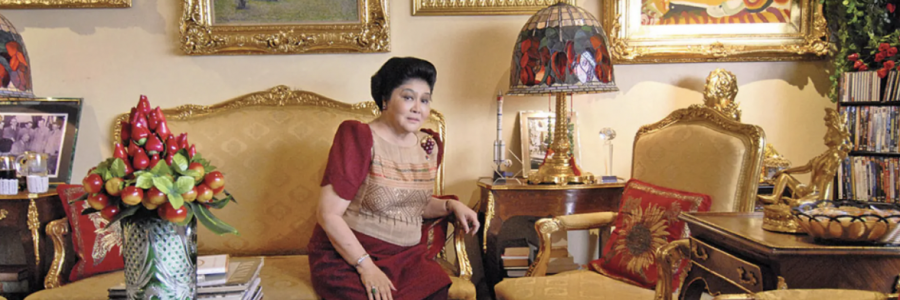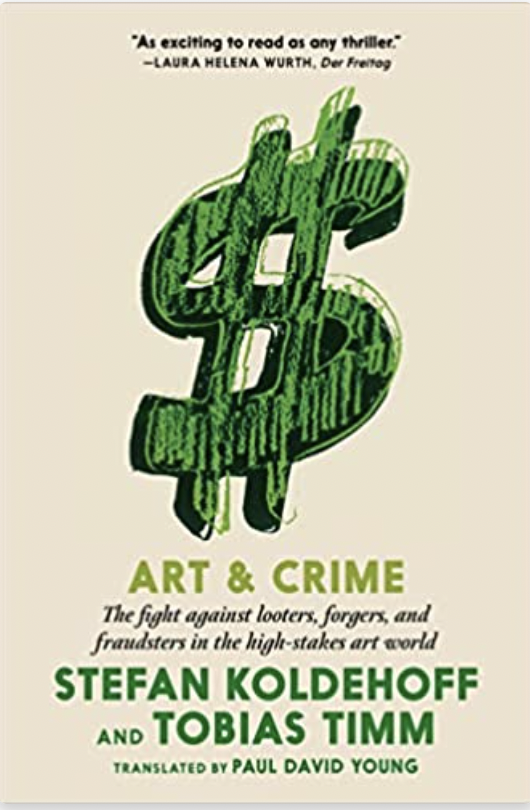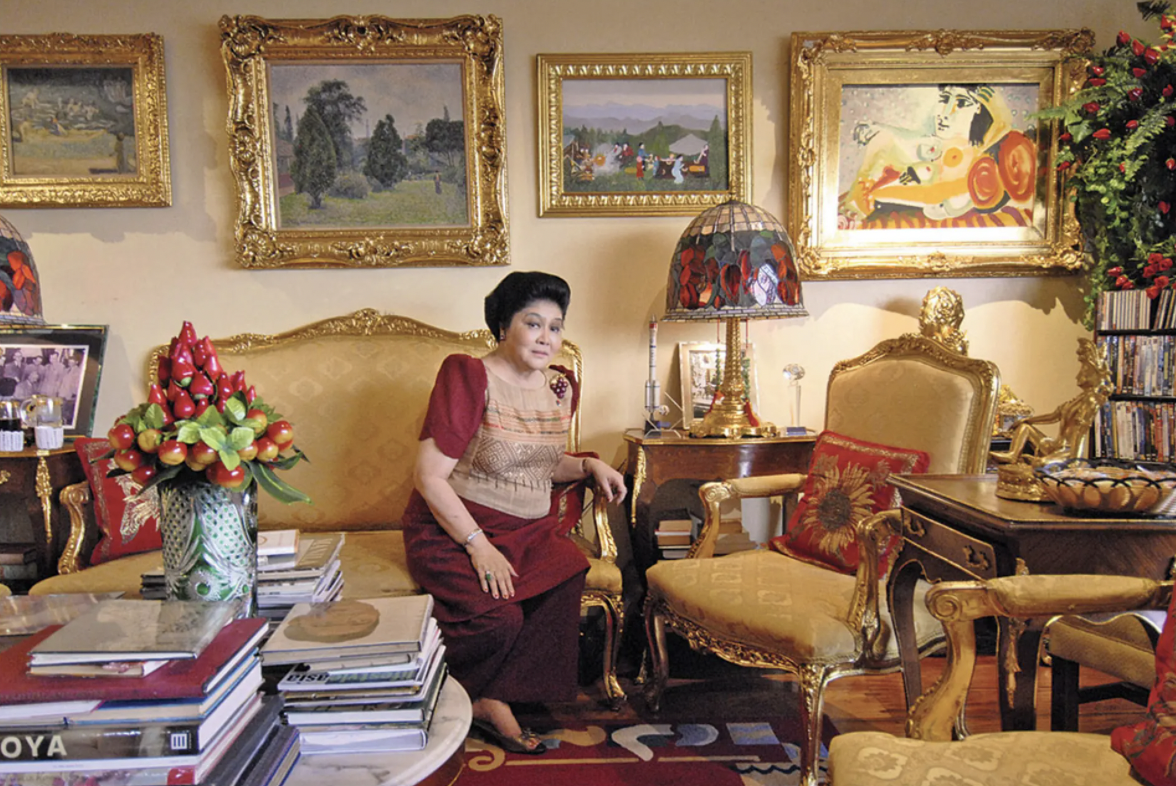
Dark side of Art business


An insight into the most secretive art world, its list of crimes, including money laundering, tax evasion, smuggling, looting of cultural sites , forgery, theft and Nazi plunder, with prices in the hundreds of millions for individual artworks and billionaires in largely unregulated universe. Increased prices and globalization have introduced new levels of fraud and malfeasance into the art world- everything from artnapping, in which an artwork is held hostage and only returned for a ransom, to forgery and tax fraud, The extent of economic and cultural damage that results from criminality in the global art scene rarely comes to light. The stories of high-stakes brazen art crimes told by art experts and two German investigative journalists, Stefan Koldehoff and Tobias Timm, the authors of False Pictures, Real Money ( the Beltracchi art forgery case), are disturbing and unbelievable. The authors provide a well-founded analysis of what need to change in the market and at museums. The Art and crime includes a chapter on art owned by Donald Trump.
The FBI estimates that art and cultural property crime leads to losses of billions of dollars every year.
In the case of Leonardo da Vinci’s “ Salvator Mundi” when it was auctioned four years ago almost half a billion dollars.
Modigliani’s work in Spain, Germany and Italy, have been impounded by the police as being stuffed with counterfeits, with its parade of competing experts some of whom certified forgeries or even included them in their publications.
The case of curator Marion True and the purchases she made in the 1980s for the Getty Museum, of illicitly exported ancient artefacts to the murky grey market of today.
The case of the German art adviser Helge Achenbach, who defrauded collectors of tens of millions of euros, including Aldi heir Berthold Albrecht and Christian Boehringer of the pharmaceutical company Boehringer Ingelheim. In the 1970s the art became a status symbol for large companies and their managers”.
Achenbach sold works by Pablo Picasso, Oskar Kokoschka, Gerhard Richter, Jorg Immendorff and Gunther Uecker to a range of corporate clients, at the same time modifying the invoices to increase his cut massively which came to halt in 2015, when he was convicted of fraud and embezzlement and sentenced to six years in jail.
When the dictators collect, is chapter revealing the misdeeds of the former first couple of Philippines, Ferdinand and Imelda Marcos, who built up an impressive art collection as they looted the country’s wealth, ranging from Old Masters, including a $3.5m “Michelangelo”, and $35m Monet. More than 100 works worth over $24m remain unaccounted for.
Donald Trump’s attempts to boost the value of a portrait of himself in an auction – and the $2m in damages a New York judge ordered the former US president to pay for improperly using charitable assets. The story of 1, 800-strong collection of Russian avant-garde paintings offered for sale in London, despite a Weisbaden court finding that 19 works from the group were forged,
Some museums turn a blind eye to shaky provenances, others prove hopeless in providing basic security, as in the case of the 2017 theft of a pure gold coin weighing 220 pounds from the Bode Museum in Berlin.
Art & Crime: The Fight Against Looters, Forgers, and Fraudsters in the High-Stakes Art World by Stefan Koldehoff and Tobias Timm, translated by Paul David Young, Seven Stories Press £20, 416 pages.
